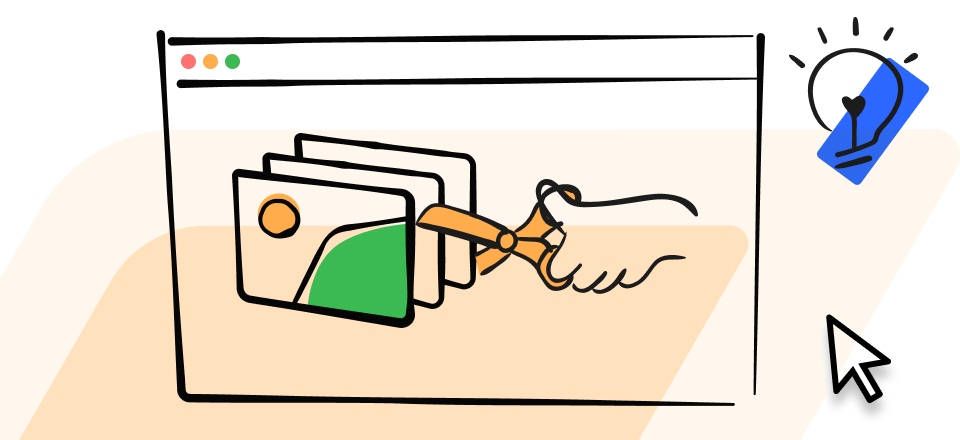Does UX design require coding? The answer is no. However, it’s a great knowledge that could benefit a UX designer’s career.
If you’re looking to start a new career as a UX designer or you’re wondering if coding is required to step up your UX designing skills, the article below will tell you all you need to know to get started.
Also Read: How to Export and Save Cricut Design as JPG >
Table of Contents: hide
What are the Essential Skills of a UX Designer?
Why Should a UX Designer Learn to Code?
What Kinds of Programming Languages Should UX Designers Know?
What are the Essential Skills of a UX Designer?
UX design requires a wide range of essential skills beyond just creating aesthetically pleasing designs. While some of these skills are referred to as soft skills while others are referred to as technical skills. Here, we’ve discussed some of these essential skills a UX designer should have.
Soft Skills
Soft skills are the types of UX design skills that determine how a UX designer can work and interact with others. Such skills help UX designers to enhance their communication and collaboration skills, thereby, allowing them to stand out in the industry. Some of the essential soft skills any UX designer should possess include the following;
Research
Research is a vital skill in UX design. As a UX designer, you must understand how to perform in-depth research to find out more about your audience and what they like. With good research skills, you’ll be able to plan and analyze your findings using different research methods, thus enabling you to view things from different angles.
Communication & Collaboration
A good UX designer must know how to communicate and collaborate with developers, team members, and clients. This will help you understand how to communicate product designs, work with other teams, and adapt to changes required to improve a product or service efficiently.
Empathy
The sole purpose of UX design is to make users’ interaction with any product or service seamless and enjoyable. So, with this in mind, a UX designer should have empathy for the problem of the users, as it’ll enable you to find a solution that will alleviate the problem. A perfect way to approach this is to pay more attention to users’ feedback and their problems. It’ll help you find meaningful solutions to the problem!
Critical Thinking
Critical thinking in UX design involves analyzing and evaluating significant information or data to find solutions to problems users face while using a product or service. This is an important skill for a UX designer, as it’ll enable you to collect helpful information that will enable you to come up with relevant solutions to problems.
Technical Skills
Just as the name suggests, technical skills are the types of skills that deal with the technical aspect of the UX design field. It includes the following;
Wireframing, Prototyping, User flow
Wireframing, prototyping, and user flow are core skills in the UX design field. They don’t just allow you to envision how a problem duct will look like but also enable you to understand how users interact with the flow of information.
With your wireframing, prototyping, and user flow skills, you’ll be able to test your designs, find mistakes, gather feedback, and find how you can enhance the quality of a product before its final output. Thankfully, tech experts have created helpful prototyping and wireframing tools that you can ample to improve your skills.
UX Writing
UX writing is also an important UX design skill. With this skill, a UX designer be able to provide clear and concise information, from writing app instructions to writing captions, call to action, and lots more. Overall, UX writing helps you step up your language skills, allowing you to convey important information in a way that reflects the value of a product or service!
Visual Design
Being able to create visually appealing designs that reflect the value of a product and communicate the intended design is another essential skill in UX design. As we all know, a large percentage of the world is visual learners. So, by learning a visual design skill, you’ll be able to use visual elements like typography, animated motions, layouts, graphics, and lots more to your advantage.
App Development
Even if you don’t necessarily need to be a full-stack developer, you should at least have basic knowledge of languages like HTML, CDS, and JavaScript (JS). This helps you enhance your communication with your development team.
Information Architecture
Information Architecture is another key skill in UX design. It helps a UX designer understand how to organize collected data and structure websites or web applications, in a way that can be useful to users to find the information they need.
User Testing
UX design is all about creativity. But the truth is your creativity must be able to satisfy your target users’ needs. For this reason, you need to know how to execute user testing to confirm the design choices you make. It also helps you make more effective design decisions.
Why Should a UX Designer Learn to Code?
Coding could be of huge benefit to a UX designer. Although some experts believe it’s not a necessity in the UX design field, it opens you up to more opportunities, allowing you to understand not just your perspective but also that of the developer.
Below are the top reasons why a UX designer would learn how to code;
A Big Plus for Job Opportunities
Typically, adding coding to your portfolio as a UX designer gives you a competitive edge and opens you up to more job opportunities. Yes, this is because most employers will consider you to be more agile compared to other regular UX designers, as you’ll be able to take part in every aspect of the design process.
Improved Collaboration with Developers
UX designers always work closely with the development team to ensure that designs are properly implemented. However, we’ve seen cases where the UX designer and developers have issues because the UX designer does not know the technical constraints and limitations that the developers have to deal with when programming.
Coding knowledge will help you understand these technical constraints and limitations upfront, saving you from unnecessary misunderstandings with the developers. Plus, it makes your collaboration easier as you can always come through for the developer in cases when there are code-related issues.
Faster Workflow
One of the goals of any UX designer is to be able to ensure different phases of a project are completed smoothly and efficiently within a given time. With coding knowledge, a UX designer won’t necessarily have to wait for a response from the development team, as he/she would have succinct knowledge of what next to do and how to implement it.
More Room for Creativity
With coding knowledge, a UX designer would not be limited to just designing great UX, but also taking part in performing code-related tasks. From designing custom interactions to creating interactive design elements and lots more.
What Kinds of Programming Languages Should UX Designers Know?
There’s no straightforward question to this question. However, a UX designer should have knowledge of basic programming languages for both front-end and back-end. If you don’t know what front-end and back-end are, we’ve explained them below to help you get a grasp of both technological terms.
What is Frontend?
Frontend, just as the name suggests, is the aspect of a website or application that users can see and interact with. It covers everything that deals with user experience, from text to colors, navigation menu, etc.
What is Backend?
The back end is the opposite of the front end. This deals with the part of the website or application that users can’t see or interact with (the internal system of a website or application). It’s used to store and organize a website’s database, ensuring users have seamless interaction when executing various operations on the platform.
6 Programming Languages UX Designers Should Know
Having discussed what backend and front-end are in programming, we’ve rounded up the top six programming languages that any UX designer should learn.
HTML
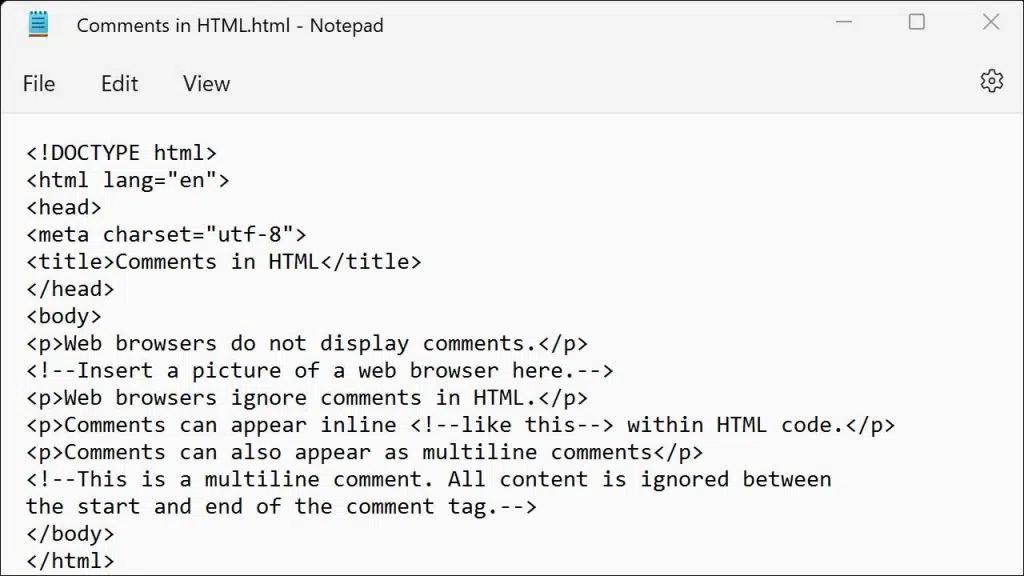
Programming Languages-HTML
HTML, also known as Hypertext Markup Language, is the standard language for documents that are designed to be displayed on a web page. It facilitates the creation of web pages with various elements, including texts, images, and lots more. And it tells web browsers how these elements should be displayed.
Why UX Designers Need HTML
Below are some of the top reasons why UX designers should learn HTML;
- Understanding basic HTML knowledge will enable you to understand the complexity of a given design, thus helping you find quick solutions that you can always present to stakeholders.
- It helps you identify how professional or honest any front-end developer you’re working with is, which saves you from getting tricked easily.
- Getting along with your front-end developer will be easier as you’ll feel more comfortable discussing ideas that could improve the final version of the design.
- It gives you a background knowledge of how front-end development works.
CSS
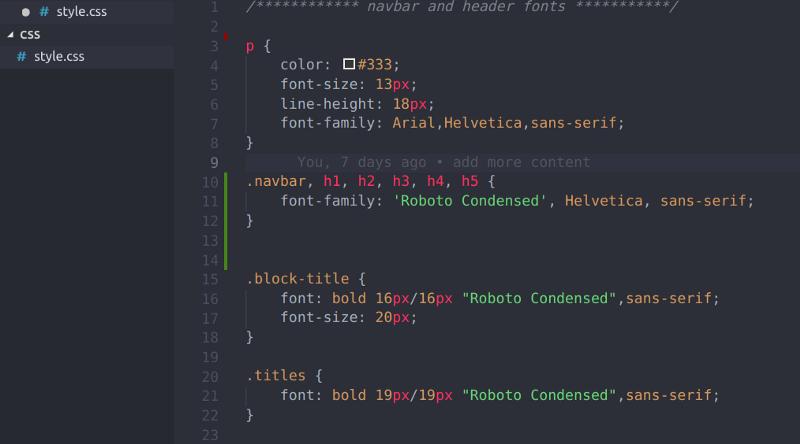
Programming Languages-CSS
Developed by W3C (World Wide Web Consortium) in 1996, CSS, also known as Cascading Style Sheet, is a programming language used to style elements in a markup language like HTML. It’s usually used for basic document stylings, the creation of layouts, the creation of effects, and other visual aspects of a website.
For example, if you’re looking to change the color and size of headings and links in a document, CSS is the ideal programming language to use for the operation.
Why UX Designers Need CSS
- It saves you stress when formatting changes. For example, if you intend to change the format of certain pages on a website, CSS allows you to edit the specific pages without having it fix each page one after the other.
- You can use CSS knowledge to create web pages that look easy on the eye and boasts top-notch user experience.
- CSS allows you to apply specific rules to more than one page with just a string of code. For example, if you have multiple product pages that should possess similar looks, formatting, writing, etc., CSS rules for one page will enable you to apply these changes effortlessly.
JavaScript
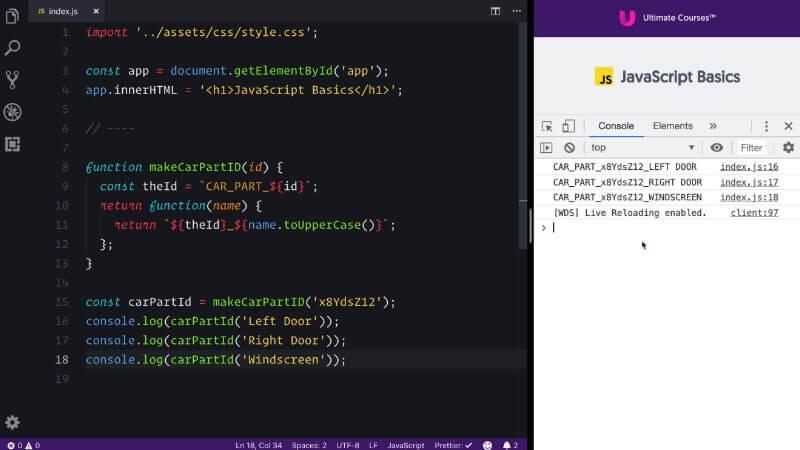
Programming Languages-JavaScript
JavaScript is another popular programming language for websites and web applications that is worth learning as a UX designer. It plays a significant role in creating web pages dynamic, including automated functions, interactive components, and animated images.
With JavaScript, you’ll be able to create responsive and interactive web page elements, thus improving user experience while navigating a website.
Why UX Designers Need JavaScript
- Understanding JavaScript would enable you to design highly functional and interactive prototypes, which could be helpful for testing and reiterating on design.
- It facilitates better connections between the UX designer and the UI dev team.
- JavaScript knowledge helps UX designers understand various points of interaction that need to be considered when building a design.
Python

Programming Languages-Python
Python is a programming language used for both front-end and back-end development. Although it’s not typically utilized for UX design, it can come in handy in developing the user experience of a website or application.
Why UX Designers Need Python
- It can be used to create a flexible text-based and graphical interface.
- With Python, UX designers can quickly create interactive prototypes from what started as a mock-up, thus helping you make the overall journey of a design process faster.
- It enables UX designers to scale through their projects more quickly.
PHP
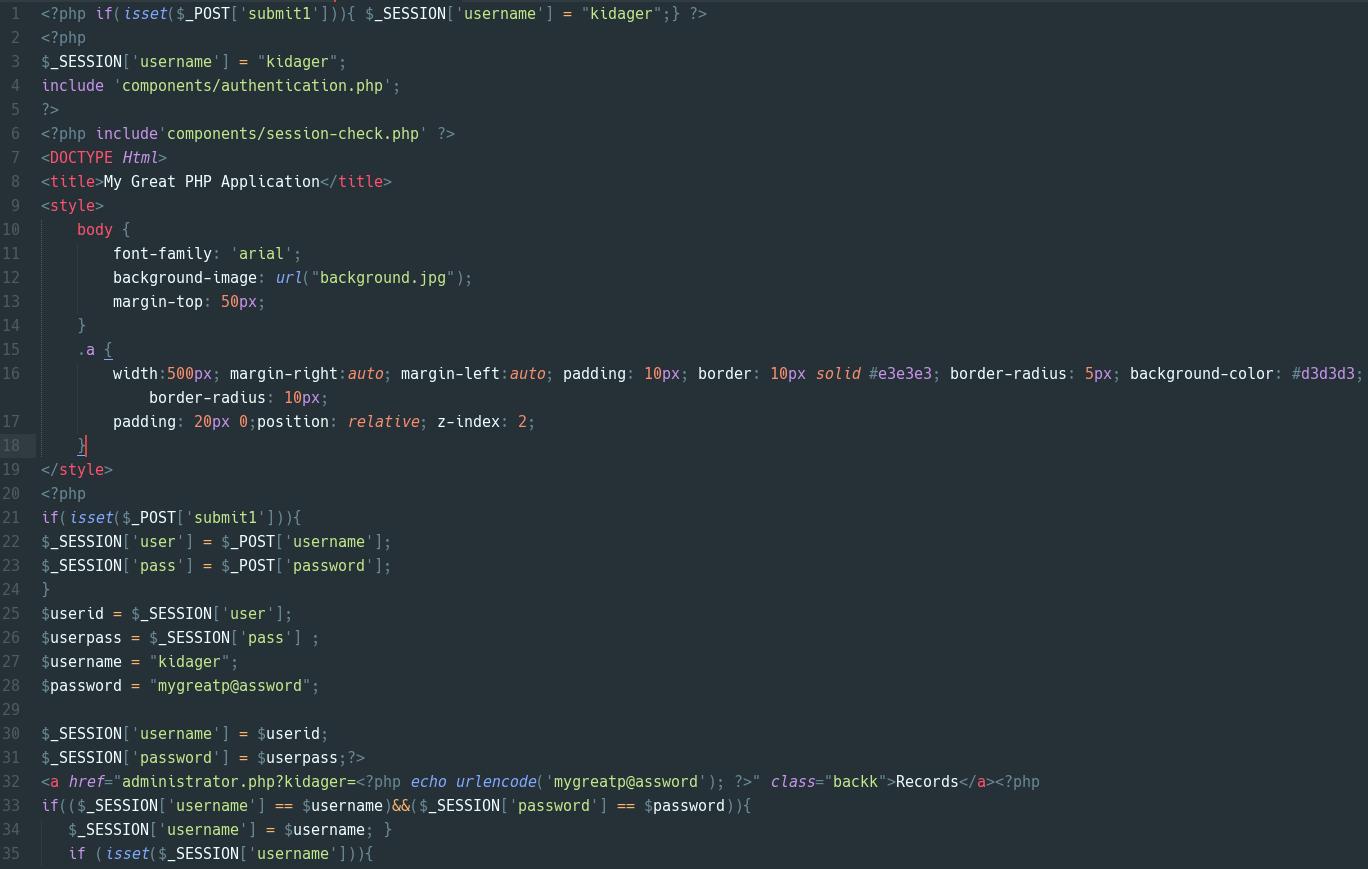
Programming Languages-PHP
PHP, also known as Hypertext Preprocessor, is a programming language that’s often used in combination with CSS, HTML, and JavaScript to create dynamic web pages. Besides, it’s the programming language used by some popular content management platforms like WordPress and Wikipedia.
Java
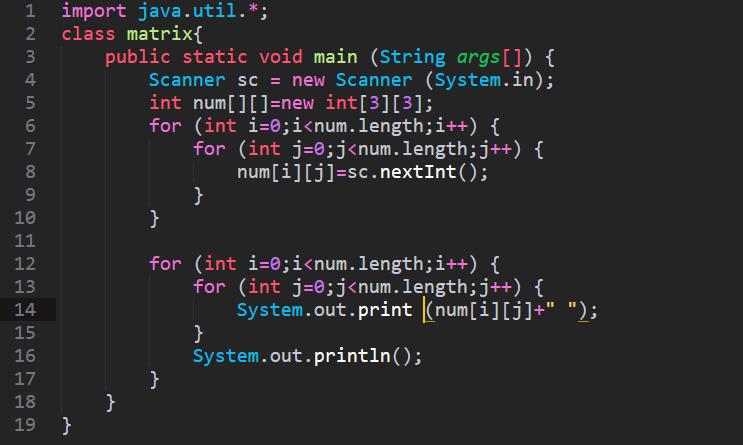
Programming Languages-Java
Even though Java is considered one of the toughest programming languages to learn, the truth is it’s still a big plus for any UX designer who learns it. It’s a type of internet language that can be operated on any operating system, and it’s faster and more efficient compared to the previously mentioned languages.
Final Thought
There you have it! Hopefully, the information in the article above answers your question “does UX design require coding?”
In all, learning to code as a UX designer is not a bad idea. Whether you’re looking to improve your knowledge or expand your career opportunity, coding knowledge will always be a big plus for you.


